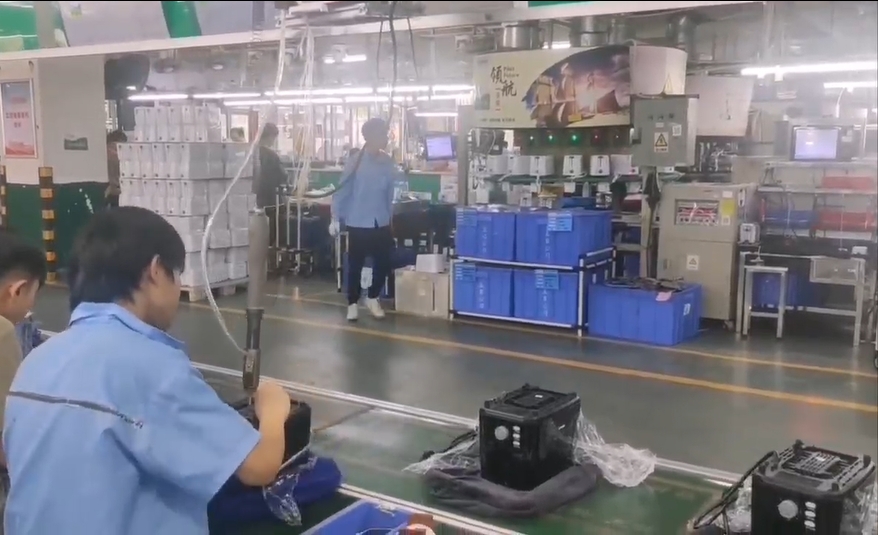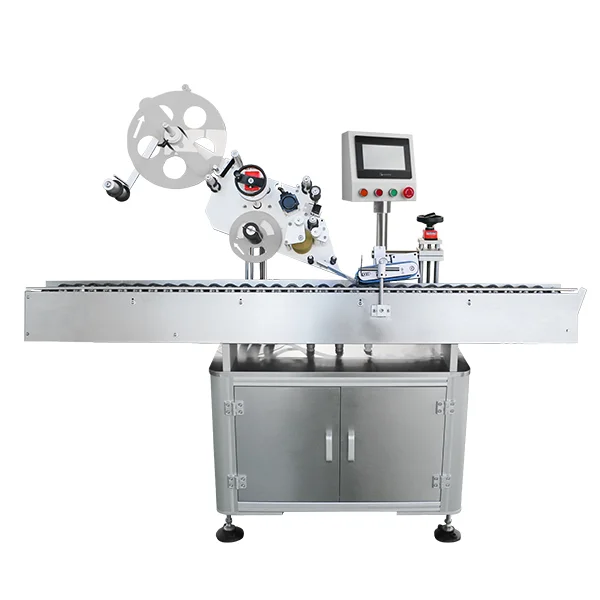In today’s fast-paced digital world, all-in-one printers (AIOs) have become a staple in both home and office environments. These multifunctional devices promise to streamline tasks by combining printing, scanning, copying, and sometimes faxing into a single unit. While the convenience of an AIO printer is undeniable, it’s essential to examine the potential drawbacks that may not be immediately apparent. This article delves into the disadvantages of all-in-one printers, providing a comprehensive understanding for consumers and businesses alike.
- Quality Compromises
One of the most significant disadvantages of all-in-one printers is the compromise in quality. Manufacturers often prioritize multifunctionality over specialized performance. As a result, the print quality of AIOs may not match that of dedicated printers, especially for high-resolution images or professional documents. For businesses that require superior print quality, investing in separate devices for printing and scanning may yield better results.
- Higher Operating Costs
While the initial purchase price of an all-in-one printer may seem attractive, the long-term operating costs can be misleading. AIOs typically use individual cartridges for each color, and when one color runs out, users must replace the entire cartridge set, even if other colors are still full. This can lead to increased costs over time, especially for users who print infrequently. Additionally, the cost of replacement ink or toner for AIOs can be significantly higher than that of dedicated printers, particularly for high-volume printing.
- Space and Portability Issues
All-in-one printers tend to be bulkier than their single-function counterparts. This can pose a challenge for users with limited space, such as in small home offices or shared workspaces. The footprint of an AIO can restrict placement options, making it difficult to find a suitable location that accommodates both the device and the necessary peripherals. Furthermore, if portability is a concern, AIOs are generally heavier and less convenient to transport compared to lightweight, dedicated printers.
- Complexity and User Experience
The multifunctionality of AIOs can lead to a more complex user experience. With multiple functions integrated into one device, users may find the interface overwhelming, especially if they only need to perform basic tasks. Troubleshooting issues can also become more complicated, as problems may arise from any of the integrated functions. This complexity can deter less tech-savvy users and lead to frustration when attempting to resolve issues.
- Reliability and Maintenance Concerns
All-in-one printers can be more prone to mechanical failures due to their intricate design. The integration of multiple functions means that if one component fails, it can render the entire device unusable. For businesses that rely on consistent printing, this can lead to downtime and lost productivity. Regular maintenance can also be more challenging, as users must ensure that all functions are operating correctly, which may require more frequent servicing than standalone devices.
- Limited Features for Specific Tasks
While AIOs are designed to handle a variety of tasks, they may not excel in any one area. For example, a dedicated scanner may offer advanced features such as duplex scanning, higher resolution, or faster processing speeds that an AIO cannot match. Similarly, specialized printers may provide better color accuracy or faster print speeds. For users with specific needs, investing in dedicated devices may ultimately be more efficient and cost-effective.
- Environmental Impact
The environmental implications of all-in-one printers are also worth considering. AIOs often have a shorter lifespan than dedicated devices due to their complex nature and the wear and tear from multiple functions. This can lead to increased electronic waste when the device is discarded. Additionally, the ink and toner cartridges used in AIOs may not always be recyclable, contributing to environmental concerns. Users who prioritize sustainability may find that investing in separate, high-quality devices is a more eco-friendly option.
Conclusion
While all-in-one printers offer undeniable convenience and space-saving benefits, it is crucial to weigh these advantages against their potential disadvantages. From compromised print quality and higher operating costs to reliability concerns and environmental impact, AIOs may not be the best choice for every user. By understanding these drawbacks, consumers and businesses can make informed decisions that align with their specific needs and priorities. Ultimately, the choice between an all-in-one printer and dedicated devices should be guided by a careful assessment of individual requirements, usage patterns, and long-term goals.



